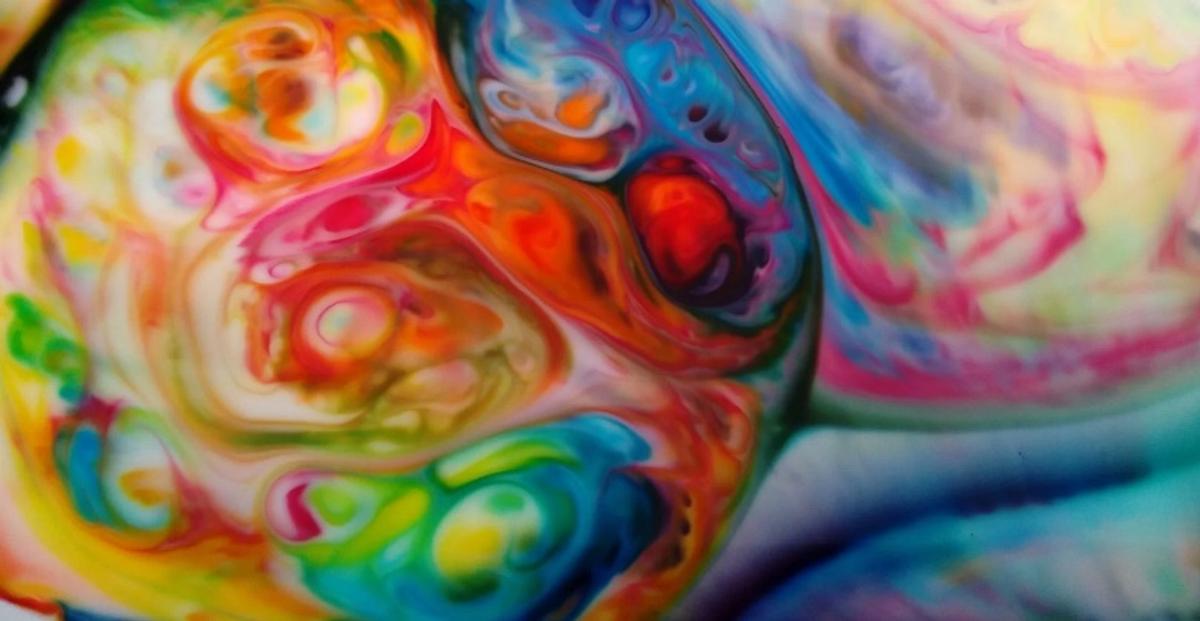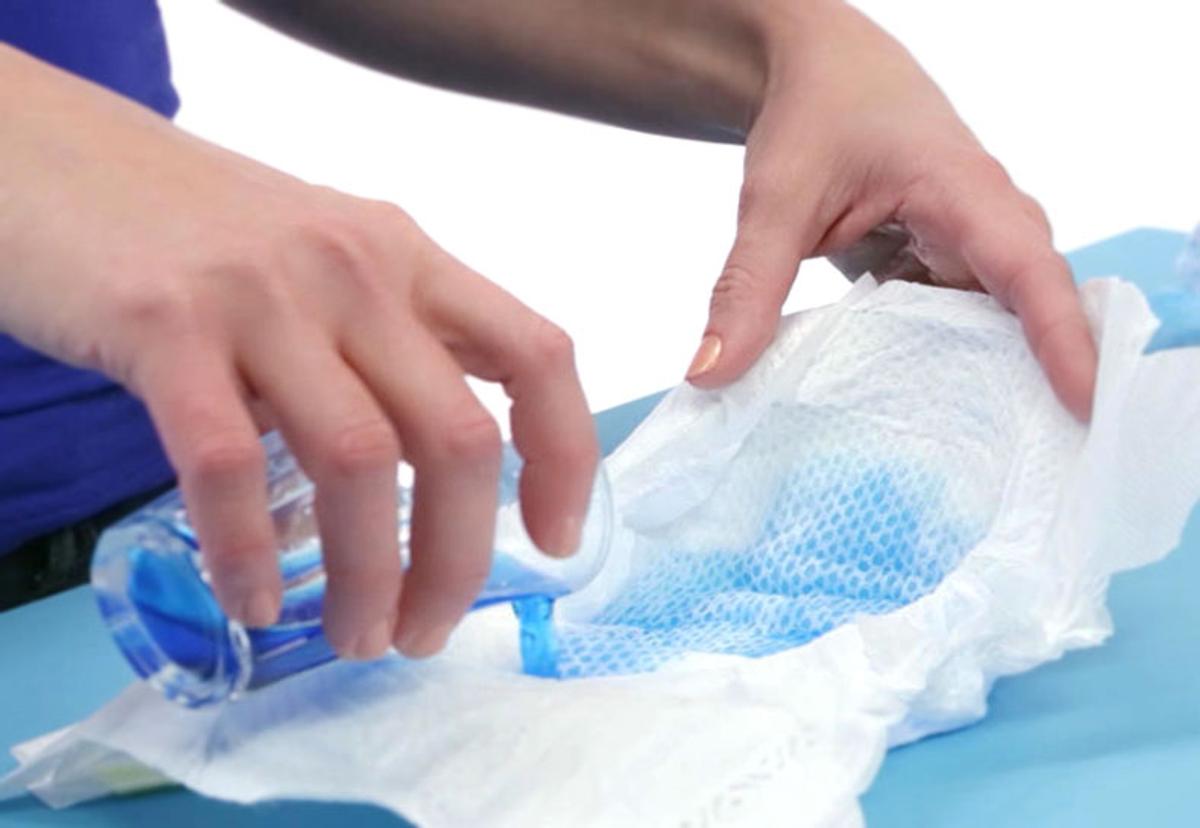National Science Week

What is National Science Week and why is it important?
National Science Week is Australia’s annual celebration of science. It runs each year in August, and over one million people participate in science events across the nation. For National Science Week, my goal as the science teacher at GPS was to inspire and engage students with all things fun and exciting about science.
In their science lessons, students participated in a variety of hands-on activities with a particular focus on chemistry and physics. These included elephant toothpaste, magic milk, lava lamps, levitating orbs, and nappy absorbency. Below are the supplies, methods, and explanations of some activities you may like to do at home.
THE MAGIC MILK EXPERIMENT
Supplies:
- Shallow dish
- Liquid food colouring
- Small cup of dish soap
- Cotton ball
- Full fat milk
Method:
- Pour the milk into a shallow dish. You don’t need a lot of milk, just enough to cover the bottom.
- Fill the top of the milk with drops of food colouring! Use 2-3 drops of each colour.
- Coat the cotton ball tip with the dish soap.
- Gently place the cotton ball in the middle of the milk and wait for it to activate.
How it works:
Milk is made up of minerals, proteins, and fats. Proteins and fats are susceptible to changes. When dish soap is added to the milk, the soap molecules run around and try to attach to the fat molecules in the milk. However, you would not see this change happen without the food colouring! The food colouring looks like fireworks because it is getting bumped around. When the soap molecules head for the fats, they form spherical micelles. This causes movement and creates cool bursts and swirls of colour. After all the fat molecules have been found and balance has been reached, there is no more movement.
LAVA LAMP
Supplies:
- Glass jug OR cup
- Food colouring
- Cooking oil
- Water
- Alka seltzer tablets
Method:
- Fill jar/cup about 2/3 of the way with oil.
- Fill jar/cup the rest of the way with water.
- Add a few drops of food colour to the oil, do not mix.
- Now it’s time for the grand finale of the lava lamp! Drop 1-2 alka seltzer tablets into the jug/cup.
How it works:
Quite a few things are going on here with both physics and chemistry! First, liquids have different thicknesses. Did you notice the oil and water separated? That is because water is heavier than oil. Liquids are made up of different numbers of atoms and molecules. In some liquids, these atoms and molecules are packed together more tightly, resulting in a denser (heavier) liquid. Now for the chemical reaction! When the two substances combine (alka seltzer tablet and water), they create carbon dioxide (bubbles). These bubbles carry the coloured water to the top of the oil, where they pop, and the water then falls back down.
NAPPY ABSORBENCY
Supplies:
- Nappy
- 600mls water
- Food colouring
Methods:
- Add a few drops of food colouring to the water.
- Open the nappy so that it is flat on the table
- Carefully pour 1/4 of the water over the nappy.
- Once the nappy has absorbed the water, repeat the process until all the water is absorbed.
- Cut open the cotton of the nappy and explore what is inside.
How it works:
The secret, water-absorbing chemical in a nappy is a polymer. Superabsorbent polymers expand tremendously when they come into contact with water because water is drawn into and held by the molecules of the polymer. They act like giant sponges. Some can soak up as much as 800 times their weight in water. The cotton fibres in the nappy help to spread out both the polymer and the liquid so that the baby does not have to sit on a mushy lump of water-filled gel. It is easy to see that even a little bit of polymer powder will hold a huge quantity of water, but it does have its limits.



